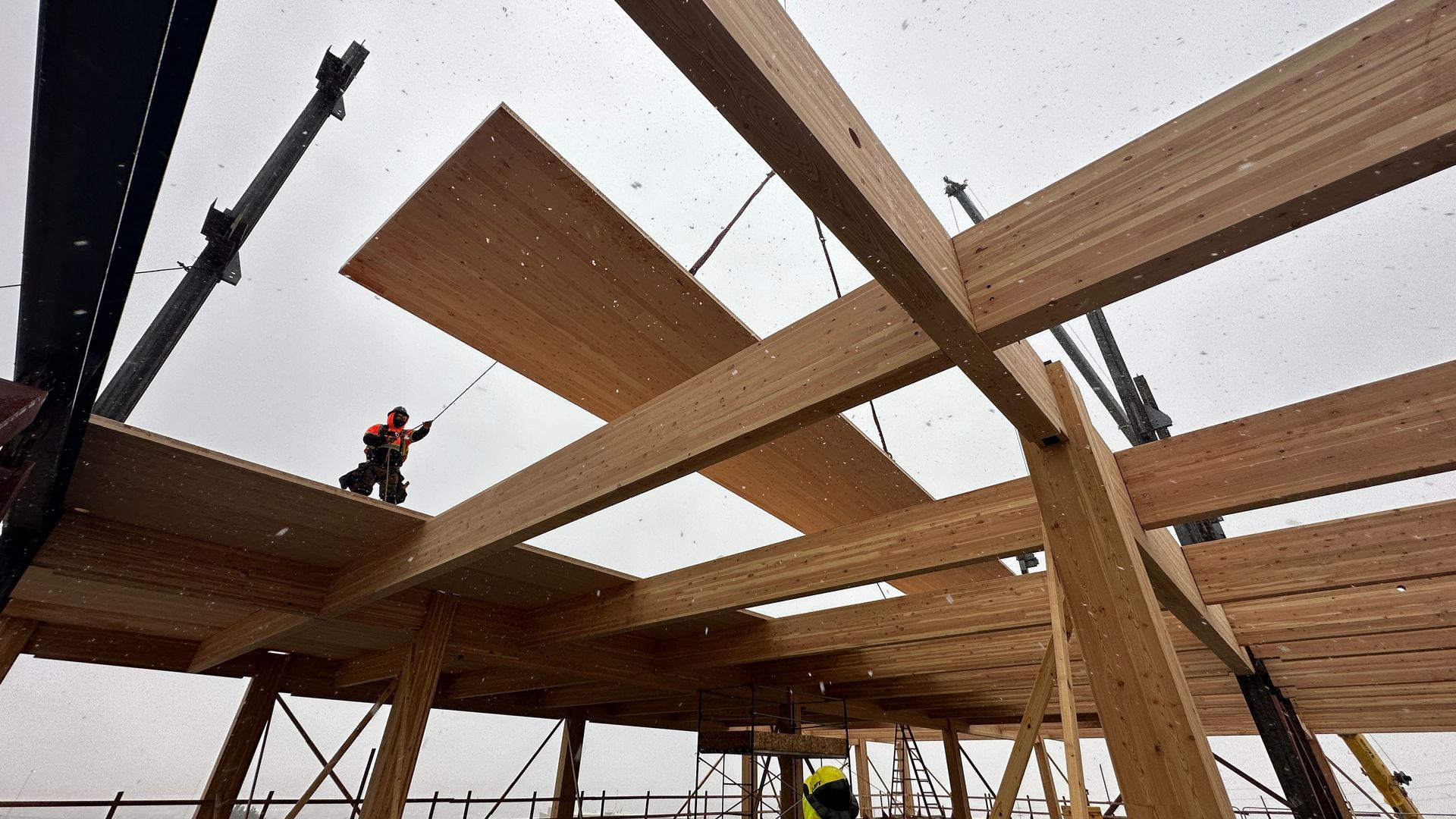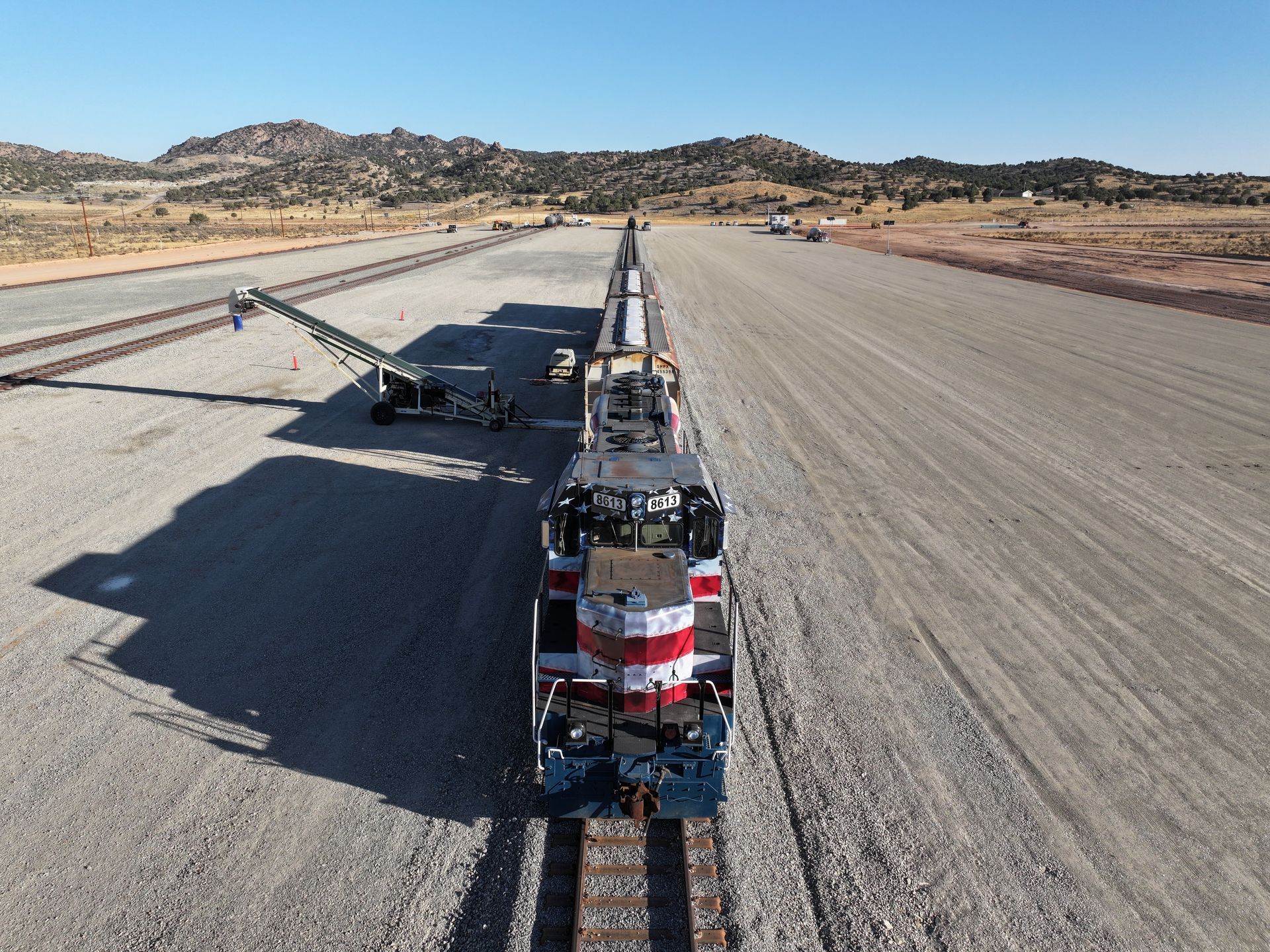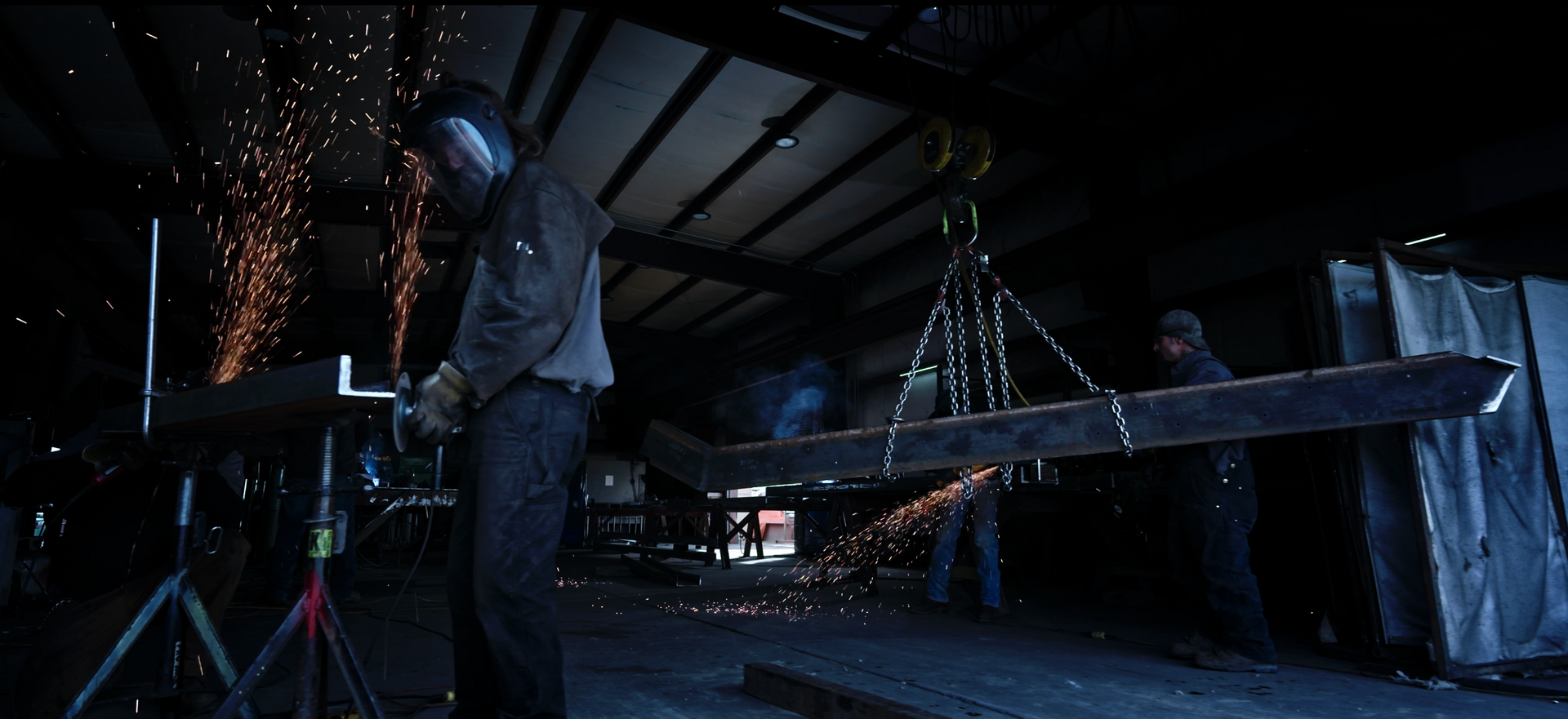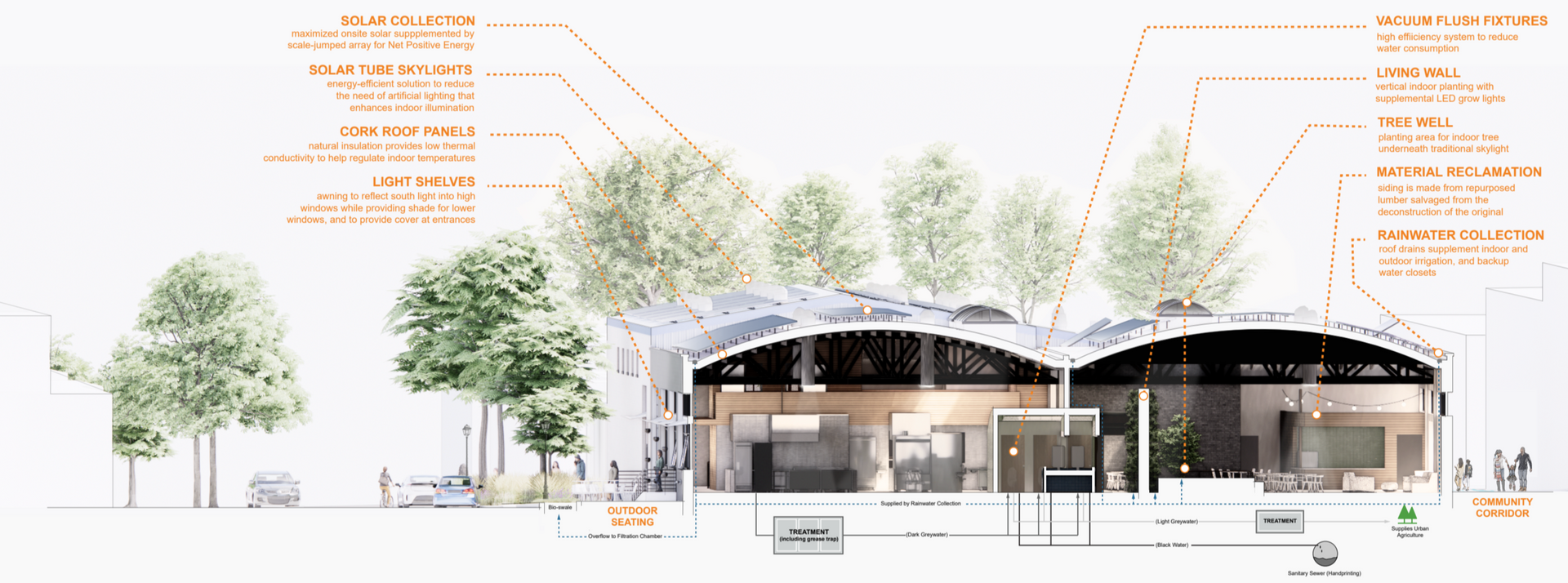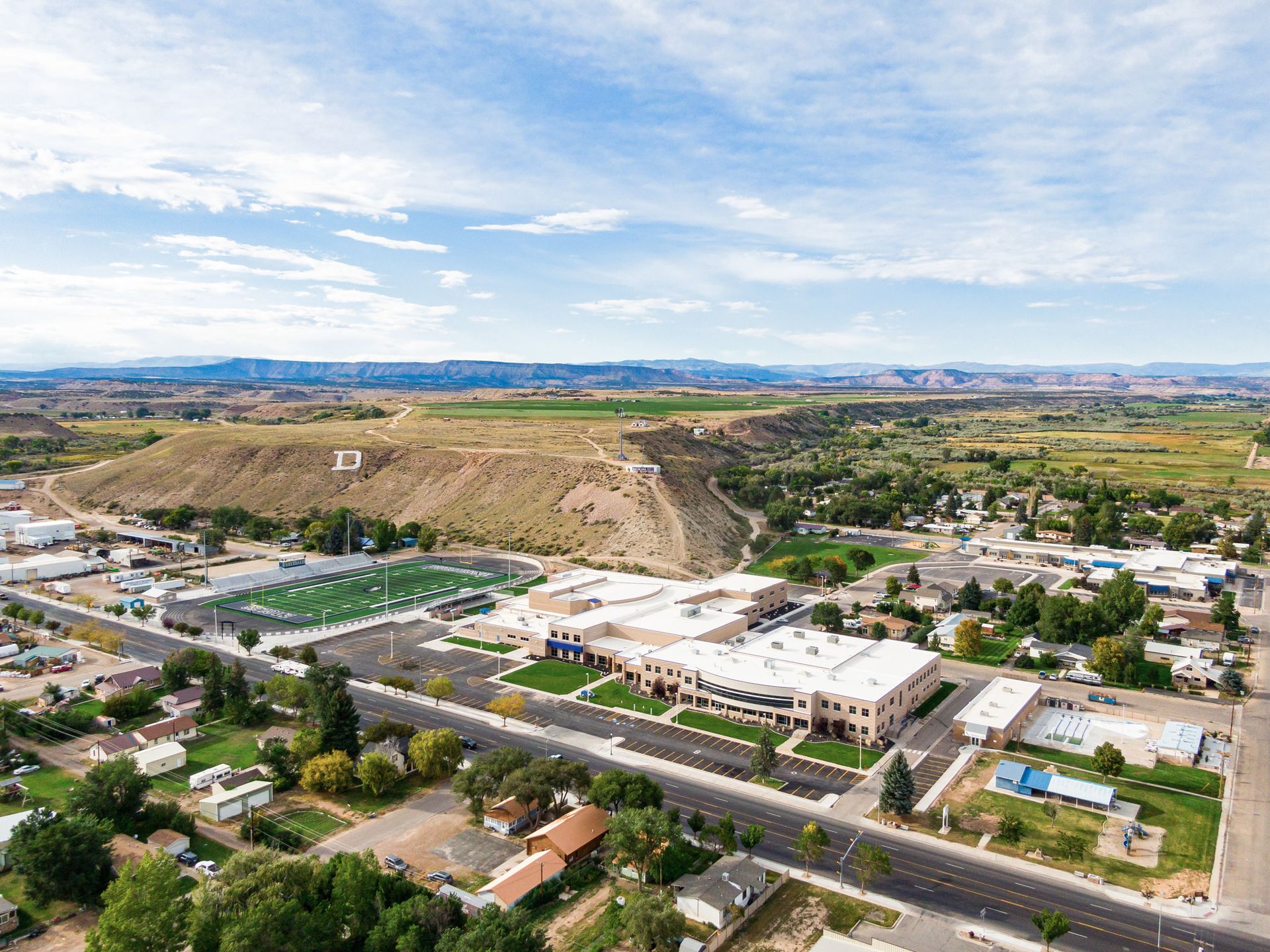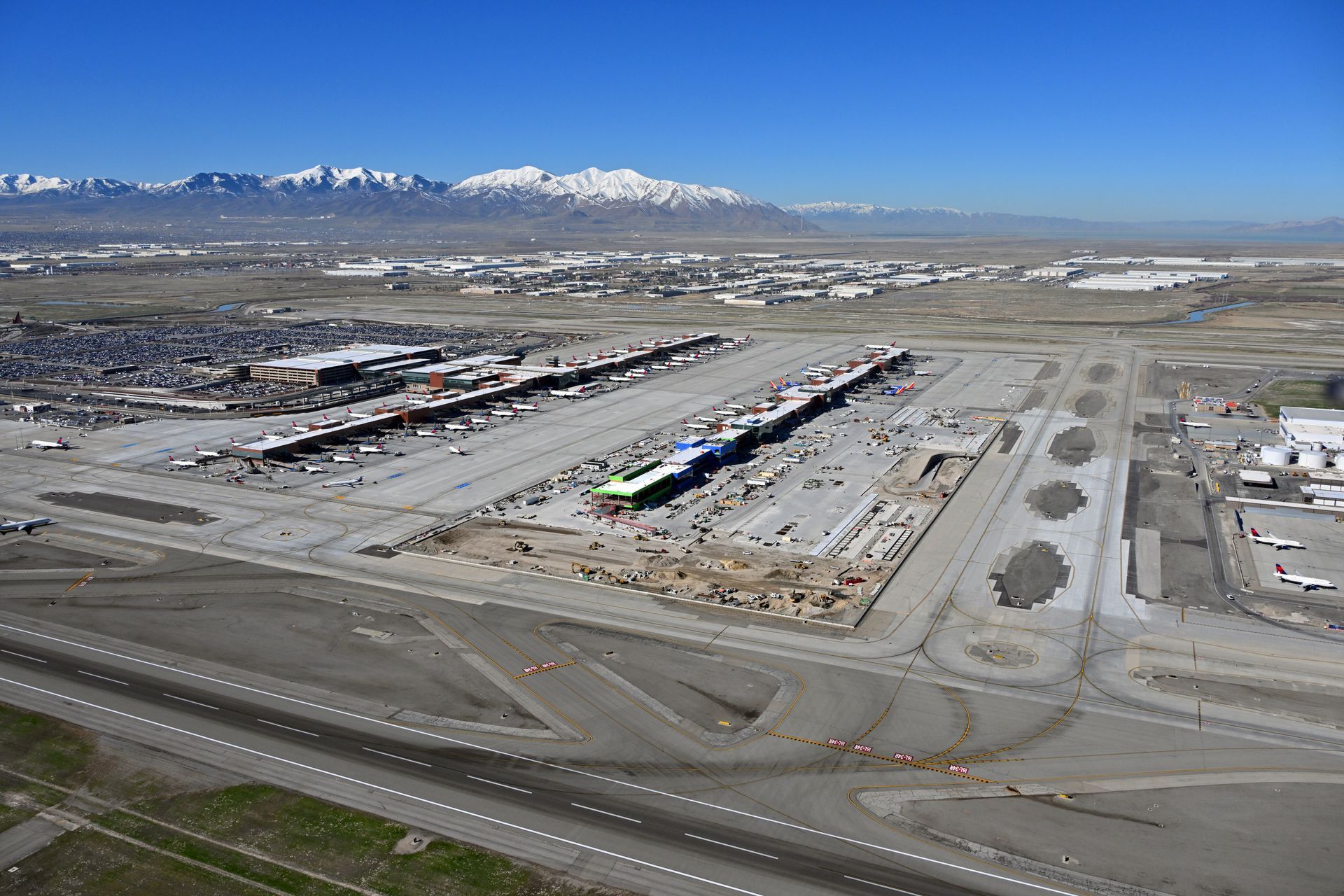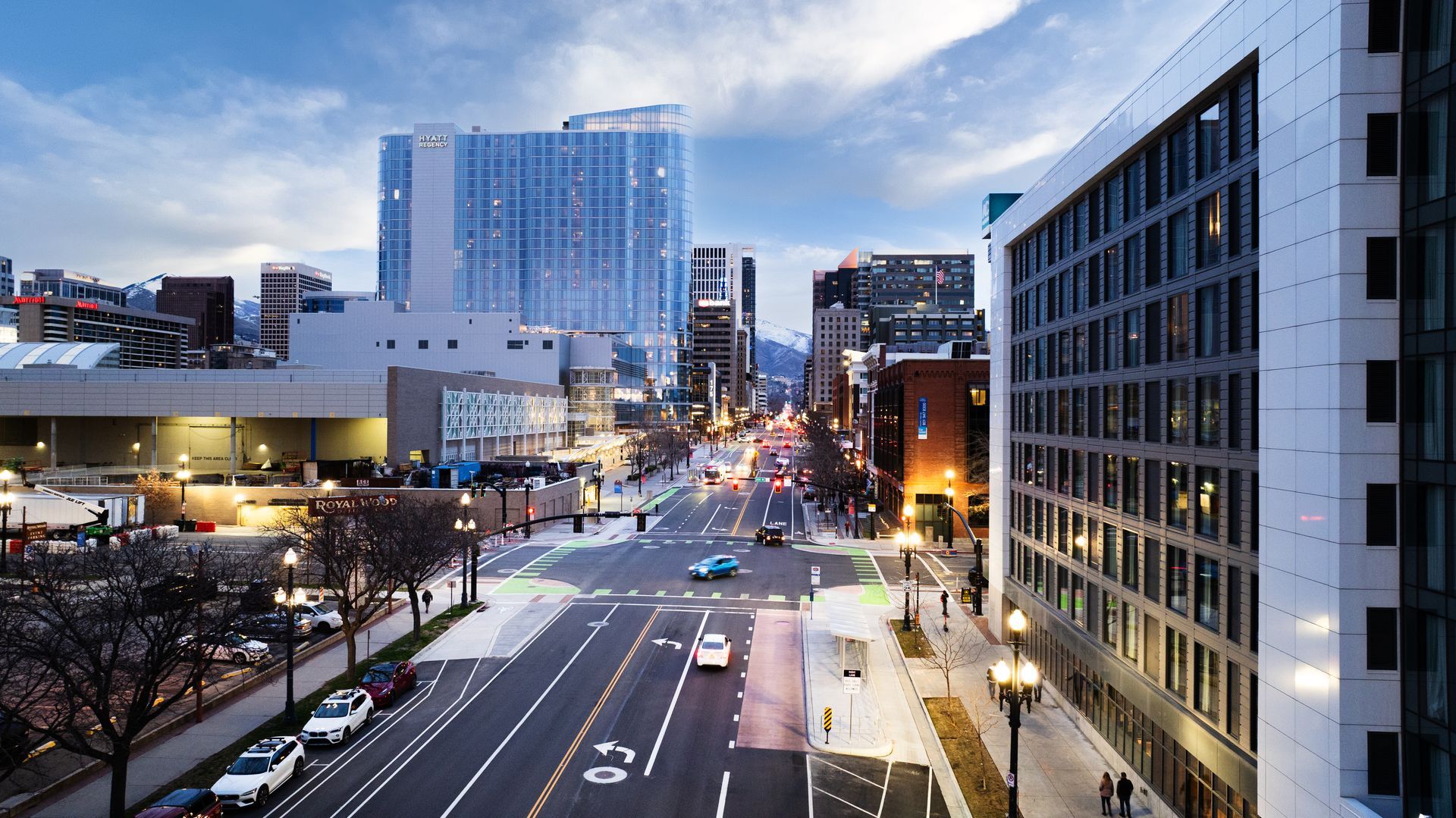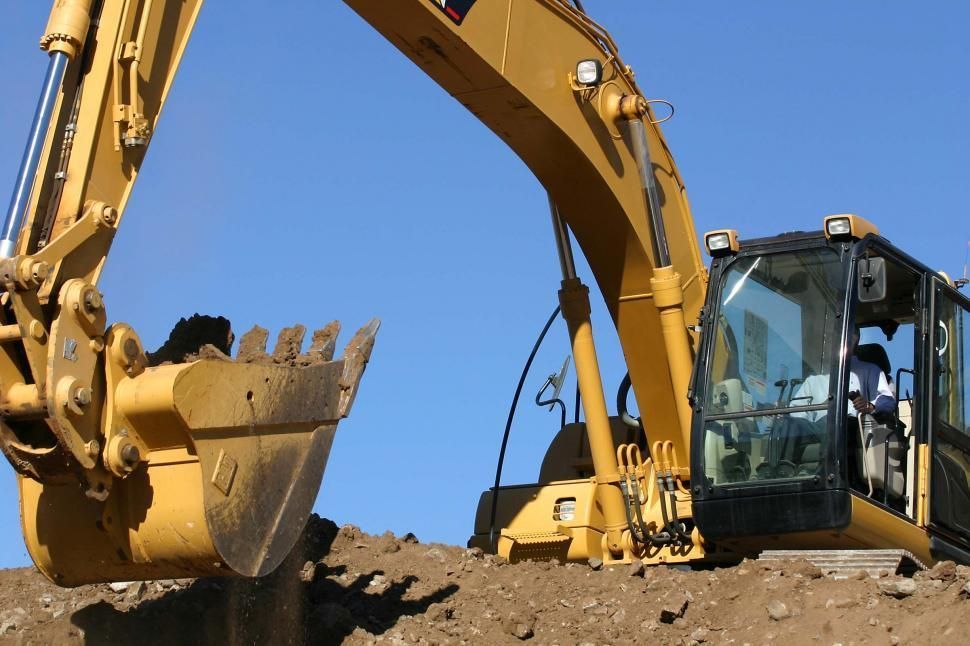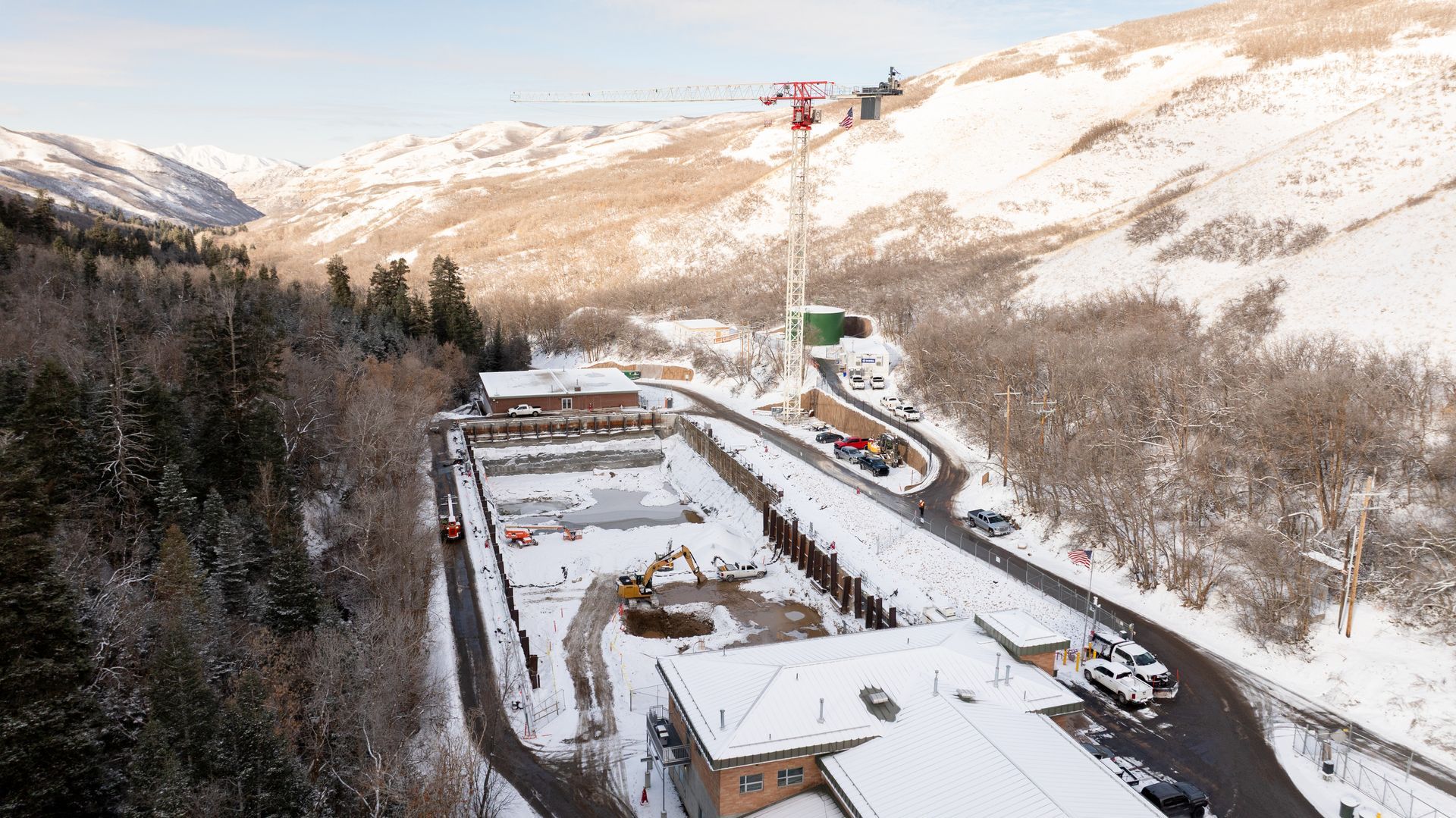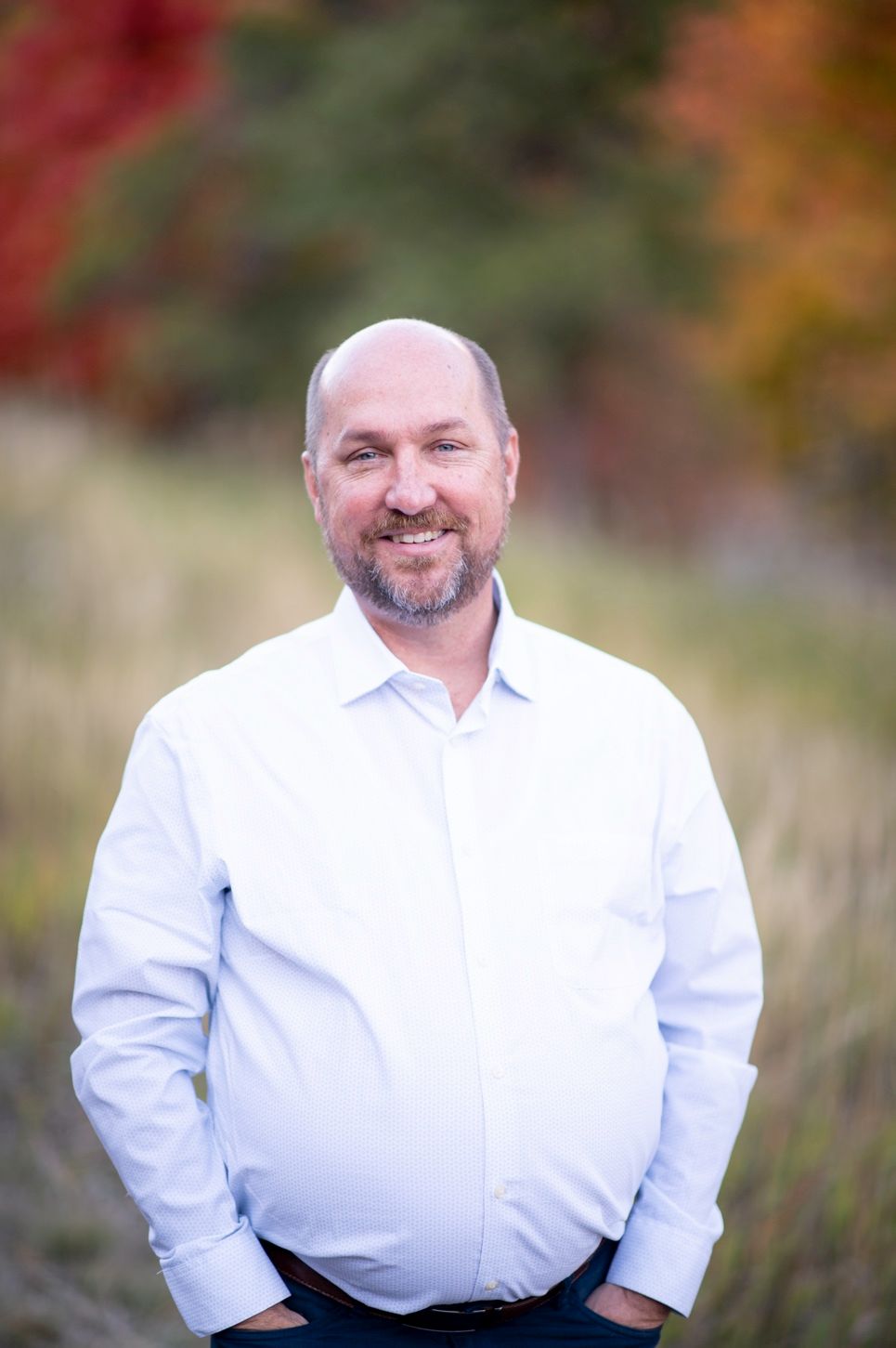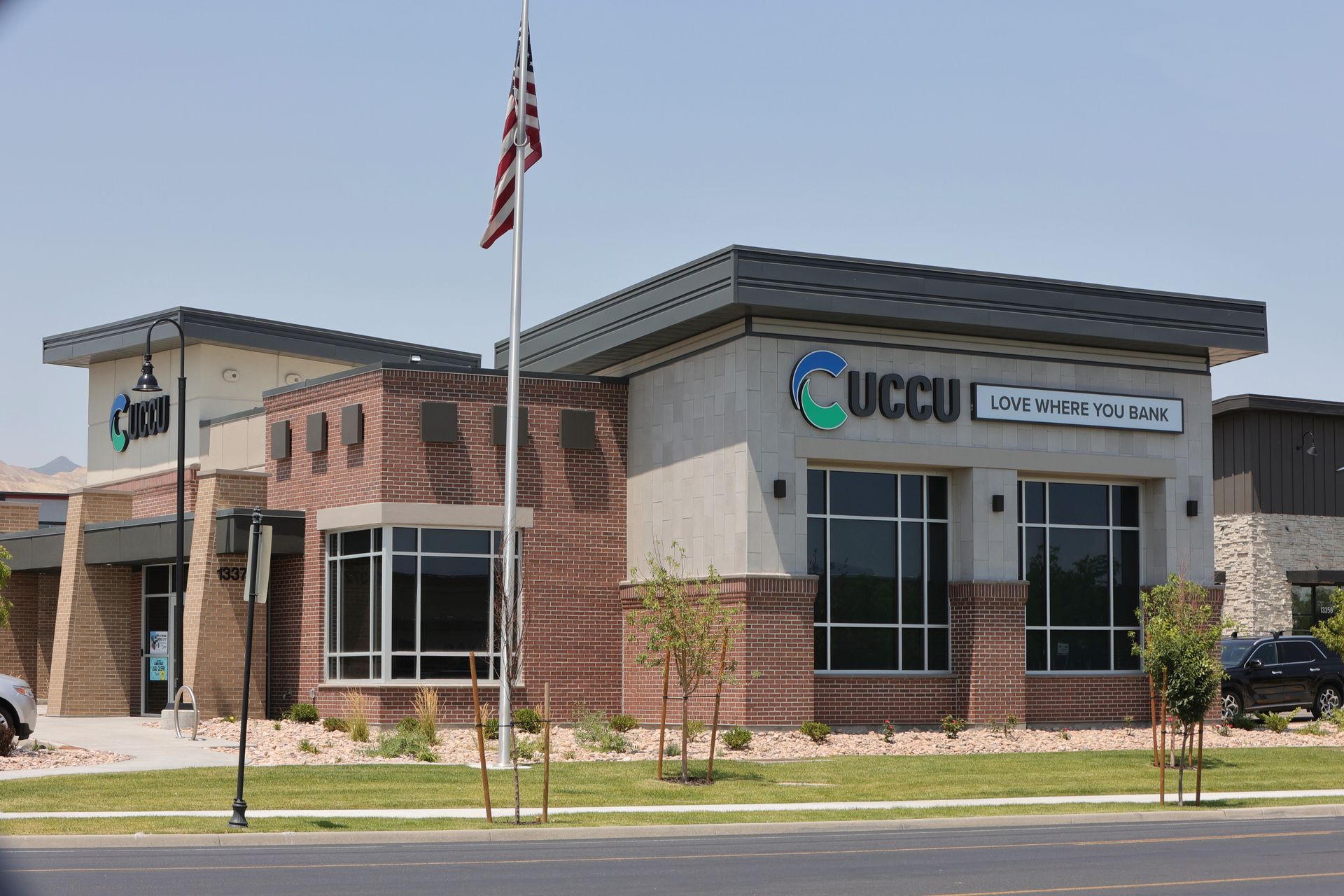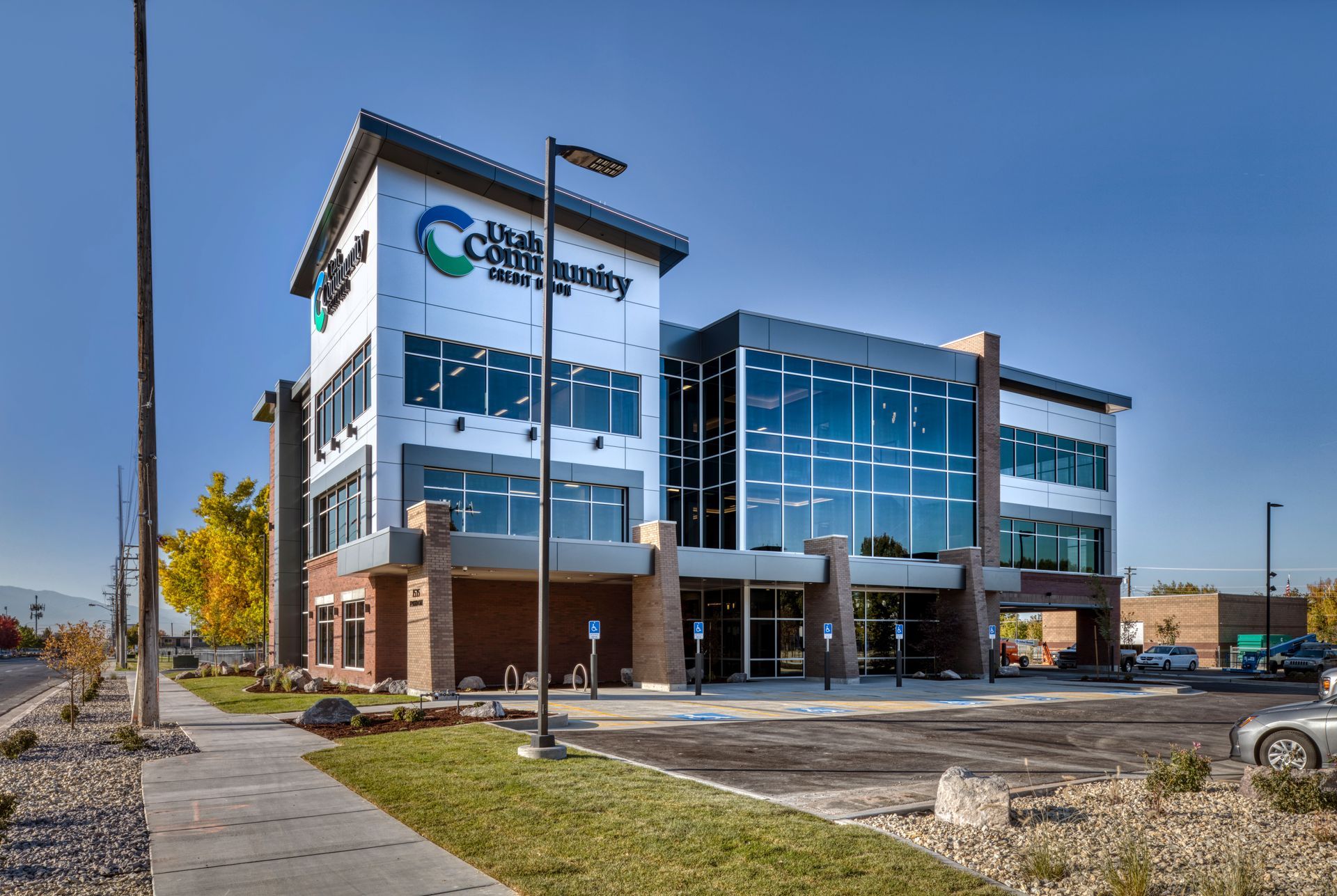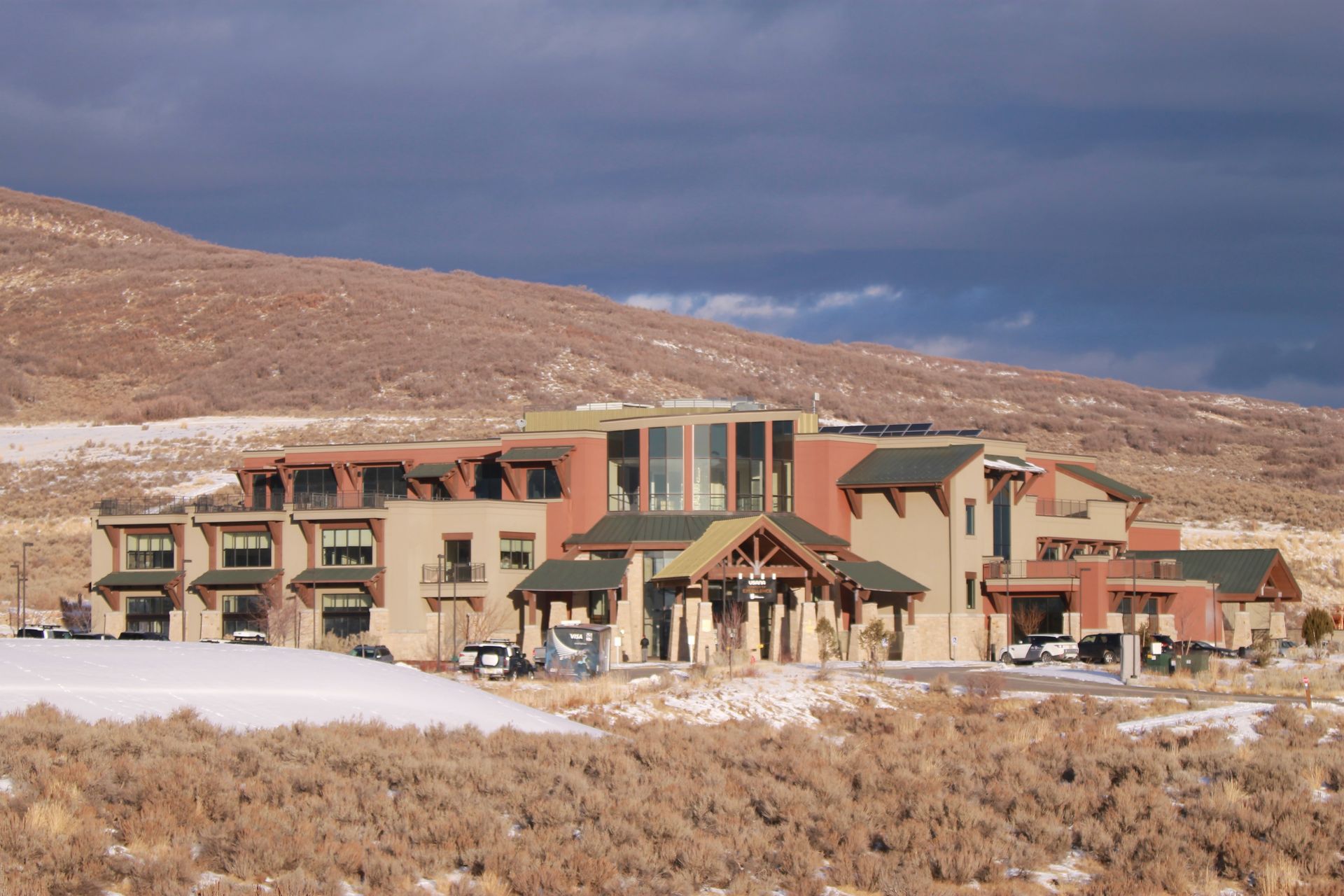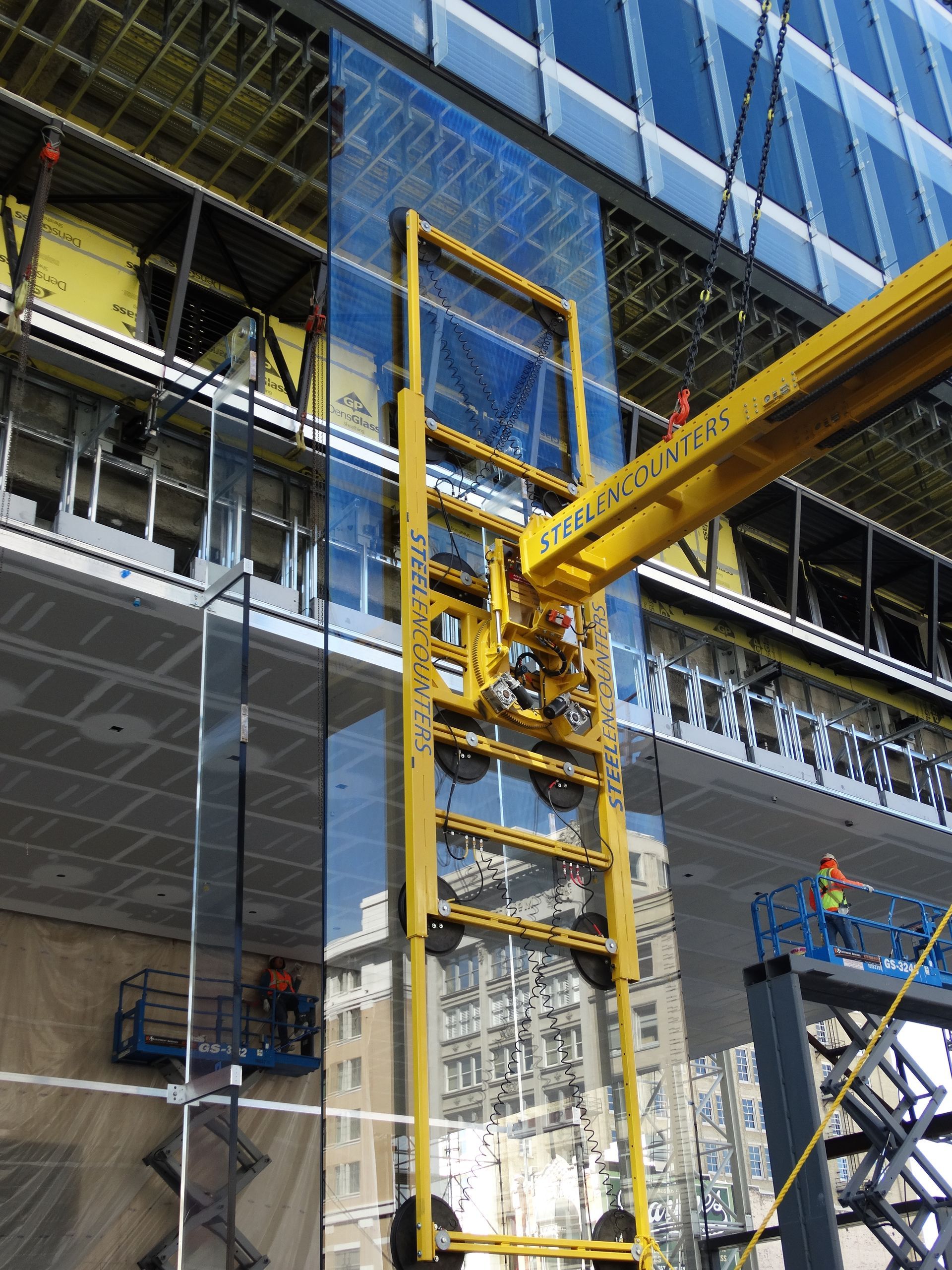Thirty years since WPA Architecture opened its doors, Principals Bruce Fallon and Dave Edwards are looking to bring intentionality into their values, clientele, and how they work. By Taylor Larsen
Origins
Originally founded by Kent Walker and Alan Poulson, WPA Architecture began in Provo in 1994. Edwards and Fallon joined the firm within six months of each other, in 2004 and 2005, respectively. WPA’s work at that time included buildings up in Deer Valley, for the Utah National Guard, K-12 remodels, healthcare, and other commercial projects in Utah County.
Edwards came aboard as an architectural drafter shortly after finishing his Bachelor of Science in Architecture from the University of Michigan in 2004. A few years into his work and he began studies at the University of Utah for his Master of Architecture, graduating in 2009.
Edwards appreciated the flexibility, but even more the trust that was placed with him on his first ever project: designing a cultural and visitor center for the Choctaw Tribe in Mississippi, where the new architect’s scope was creating the main entrance.
“The creative juices were going,” Dave said with a chuckle, recalling his big chance to put everything he learned from school into action. “I thought they were giving me a lot of trust.”
Fallon, a San Diego native, came out to Utah and began his educational journey in 1994 shortly after getting married. He started at Salt Lake Community College before moving to the University of Utah to earn a Bachelor of Science in Architecture in 1998. He returned back to San Diego for additional schooling, graduating from NewSchool of Architecture & Design with his Master of Architecture in 2000.
After graduating, Fallon started with Coombs Architecture & Planning, a firm that doubled in size when he joined. Fallon was quickly thrust into the spotlight when the owner was in a terrible car accident. Nearly a quarter century later, Fallon still remembers the nerve-wracking nature of representing the firm in project meetings.
“[Coombs] threw me into opportunities I probably shouldn’t have been doing, but I appreciated it,” he said. Even as an unlicensed architect, Fallon understood that there was no time to doubt yourself. “[Coombs] threw a lot of trust my way.”
But the opportunity to leave San Diego for affordability of the Wasatch Front popped up, and Fallon took it, moving his family to the Beehive State and joining WPA shortly after Easter weekend 2005.
Taken to Heart
The two speak of many lessons learned over their two decades at WPA, one of the first regarding the highest level of customer service.
On a site walk in Park City’s Deer Valley, the WPA team walked with former Deer Valley President Bob Wheaton. When they turned around to see Wheaton wasn’t walking with the group anymore, they turned back to find the resort’s head honcho talking to a lost skier, giving them the lay of the land and directions on how to find the way back to their party.
That customer service from the highest level of a company was something for which Edwards and Fallon always strived.
“We wanted that to permeate our culture,” Fallon said.
Another lesson came from Ron Jones, a partner that joined the firm in 2000 and retired in 2021. Jones left his mark through his meticulous detail and background as a project manager in the local college facilities department before joining WPA in the architecture world. Seeing how Jones interacted with clients and how he handled project meetings always inspired Edwards, who described the two as “attached at the hip,” with Edwards embracing the role as the second set of eyes and ears.
“I learned so much from him,” Dave said of the veteran architect. “I was so new that I was just absorbing everything.”
With Kent Walker, Edwards remembered a conversation in those early days where he showed the principal a building sketch in its early design phase. One look was all Walker needed to tease the young architect:
“How are you going to hold up these beams? Sky hooks?”
The gentle jab revealed a key to architecture by finding the right marriage of practical and innovative—something that the original Principals and partners did with aplomb.
“You might have these crazy ideas and philosophies, but you have a real client who is paying your bills,” Edwards said, “And you have to manage it all.”
“There is a spectrum of skill sets to make this work—from nuts and bolts to the visionary,” said Fallon. “And we’re trying to maintain that balance.”
Best Practices
In the decades since, WPA has worked on many projects that have embraced design, constructability, but more importantly, the human nature of the industry. Major projects came as a result of the high priority in customer service and willingness to build and maintain positive relationships, as Fallon said, “since no project ever really ends.”
The United States Ski & Snowboard Association became a client after inquiring about who helped Deer Valley design their facilities. Taking care and prioritizing current clients, the Principals said, led to the opportunity to design the association’s Center of Excellence where many of the winter Olympic athletes train for their various events
The award-winning Millcreek Common was a project whose owner in Millcreek City had a great deal of trust in the WPA-led design team. The owner’s vision combined with design work from WPA and their partners, creating a solid concept that showcased details and materials that connected the current use with Millcreek history.
The firm’s work on Revere Health over the years earned such rave reviews that when the former facilities director became the VP of Facilities at UCCU, he requested WPA to design additional three new facilities and one remodel, including the Freedom Office Building in Provo where WPA conducts business today.
The highest level of customer service, Edwards said, continues to be an integral part of the WPA philosophy. Relationships with clients start from a place of service and evolve, where the entire team builds up understanding with owners, contractors, and engineers to work toward a common goal.
But those relationships don’t come automatically. Each mentioned multiple times how those friendships take a listening ear and a spirit of discernment to make it to the finish line, taking a client’s vision for their project and translating it into reality in a way that perfectly met their needs and expressed their vision through the final product.
Intentionality Rules the Day
Edwards and Fallon are envisioning a new future for the firm; a new iteration of WPA Architecture as they celebrate its 30th year.
The two took a retreat to nearby Heber City earlier this spring to take a step back from the day-to-day and take a step forward to intentionality in their work.
“It felt like we were two architects working in the same office,” Fallon said. “But we wanted to be partners.”
The two talked under the assumption that they would question everything they did.
“The chance to take over a firm of 30 plus years, where we had both worked for almost two thirds of that time, meant that there were a lot of processes and approaches to architecture that we had been involved in,” Fallon said. Not only did they define what was working and what wasn’t, but also what WPA would start doing now and into the future.
“The discussions allowed us to consider who we were as architects and professionals,” said Fallon.
This future will likely look a lot like what WPA has looked like for the last 30 years, with more intentionality, defined roles and areas of accountability for the two Principals, where clients and staff could look for specific elements of the practice.
That retreat combined with a recent workshop with the WPA team to decide core values.
On a Friday just a few months ago, the team gathered around to identify the best characteristics they saw in people they admired. Both Principals said that the firm has always had values, but felt that codified or intentional values would set them apart. This was the first of many meetings and conversations about the question at the heart of it all:
“What is WPA?”
Edwards explained, “It wasn’t ‘Who do we want to be?’ But who we are. We weren’t looking for aspirational [qualities]. “We didn’t want things that were a given, either.”
Things like “hard-working” and “works well with others” never made it onto the board.
“You have to be both of these things if you are going to even start in this industry,” Fallon said. They started with a dozen characteristics, but one value helped WPA to embrace both practical and aspirational:
“Prioritizes client values as our own.”
Putting client values first and dedicating to intentional decision-making has led them to put down roots in their new, self-designed office in Provo—a conscious choice to be central in Utah Valley as the area grows.
As they have become more intentional, the WPA team is hungry for more, whether that comes from completing a perfect set of drawings or ditching the transactional nature of business to embrace relationships from a place of genuine respect—prioritizing client values as their own.
One story demonstrated the philosophy in action. They invited a client to a golf tournament who told them: “I don’t golf.”
Edwards had to tell the gentleman, “It’s not about the golf. It’s because we want you there with us.”
Their commitment to relationships is a conscious choice, and embracing these ideals will serve them well as they prepare for the next thirty years designing great spaces.
